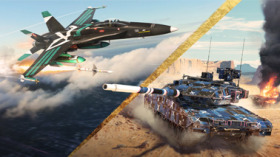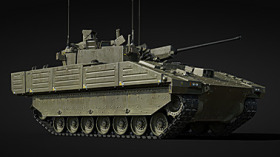
- Для PC
- Для Mac
- Для Linux
- ОС: Windows 10 (64 bit)
- Процессор: Dual-Core 2.2 GHz
- Оперативная память: 4 ГБ
- Видеокарта с поддержкой DirectX версии 11: AMD Radeon 77XX / NVIDIA GeForce GTX 660. Минимальное поддерживаемое разрешение – 720p.
- Сеть: Широкополосное подключение к Интернету
- Место на жестком диске: 22.1 Гб
- ОС: Windows 10/11 (64bit)
- Процессор: Intel Core i5 или Ryzen 5 3600 и выше
- Оперативная память: 16 ГБ
- Видеокарта с поддержкой DirectX 11 и выше: Nvidia GeForce 1060 и выше, Radeon RX 570 и выше
- Сеть: Широкополосное подключение к Интернету
- Место на жестком диске: 62.2 Гб
- Операционная система: Mac OS Big Sur 11.0
- Процессор: Core i5, минимум 2.2GHz (Intel Xeon не поддерживается)
- Оперативная память: 6 Гб
- Видеокарта: Intel Iris Pro 5200 (Mac) или аналогичная видеокарта AMD/Nvidia для Mac (минимальное поддерживаемое разрешение – 720p) с поддержкой Metal
- Место на жестком диске: 22.1 Гб
- Операционная система: Mac OS Big Sur 11.0
- Процессор: Intel Core i7 (Intel Xeon не поддерживается)
- Оперативная память: 8 Гб
- Видеокарта: Radeon Vega II и выше с поддержкой Metal
- Место на жестком диске: 62.2 Гб
- Операционная система: Современные дистрибутивы Linux 64bit
- Процессор: Dual-Core 2.4 ГГц
- Оперативная память: 4 Гб
- Видеокарта: NVIDIA GeForce 660 со свежими проприетарными драйверами (не старее 6 месяцев) / соответствующая серия AMD Radeon со свежими проприетарными драйверами (не старее 6 месяцев, минимальное поддерживаемое разрешение - 720p) с поддержкой Vulkan
- Место на жестком диске: 22.1 Гб
- Операционная система: Ubuntu 20.04 64bit
- Процессор: Intel Core i7
- Оперативная память: 16 Гб
- Видеокарта: NVIDIA GeForce 1060 со свежими проприетарными драйверами (не старее 6 месяцев) / Radeon RX 570 со свежими проприетарными драйверами (не старее 6 месяцев) с поддержкой Vulkan
- Место на жестком диске: 62.2 Гб
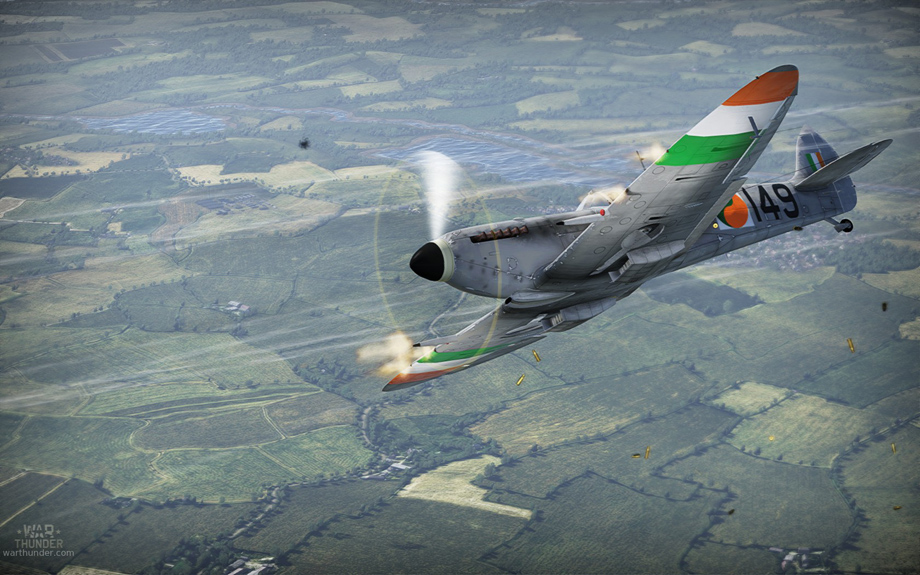
Irish Air Corps Seafire LF.III skin for the Spitfire Mk. IX made by Bomber_of_Bombs | download here
Following one notable early PR disaster, RAF Fighter Command had gone to quite some length to ensure that fighter pilots were not glorified and made out to be the glamorous heroes which adorned magazine covers in Nazi Germany. However, in the streets of London in 1941 it was not uncommon to see children playing with toy Spitfires adorned with a green shamrock emblem beneath the cockpit. Occasionally, the media would still manage to get hold of the story of a fighter ace and transform that man into a national hero – one of these heroes was the pilot of the shamrock bearing Spitfire, charismatic Irishman ‘Paddy’ Finucane.
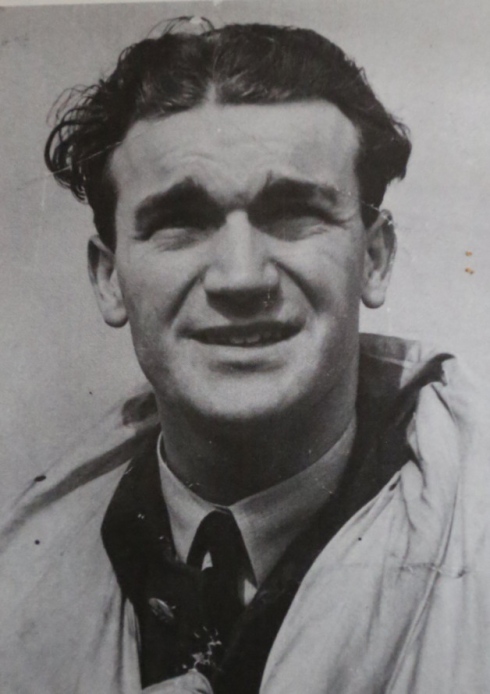 |
Brendan Finucane was born on October 16th 1920 in Dublin, Ireland. His father was vocal in his opposition against the British Empire, a factor which did not slip past Finucane during his upbringing, or that of his two younger brothers and two younger sisters. At school he was a keen sportsman, showing his greatest aptitude as a rugby player both in Ireland and after the family move to Richmond, Surrey in 1936. Finucane spent the latter years of his adolescence as a trainee accountant until, shortly before his eighteenth birthday, he joined the RAF in August 1938.
Finucane’s flying career had a less than auspicious start. After completing No.6 Elementary Flying Training School at Sywell, he moved onto Hawker Harts at Monstrose with No.8 Service Flying Training School. Finucane completed his training here, but only just; the school’s Chief Flying Instructor personally graded him as ‘Below Average’ – a serious statement for a trainee pilot which is not truly encapsulated in those two simple words. Barely scraping through to fly Hawker Furies, his assessment improved to ‘Average’ before he was posted to RAF Henlow to fly radio controlled target drones. Finucane was employed in this less than glamorous role when war broke out.
With RAF Fighter Command suffering substantial casualties during the Battle of France, Finucane was posted to No.7 Operational Training Unit in June 1940. After some 22 hours on Spitfires, he was finally posted to the front line with No.65 Squadron at RAF Hornchurch. No.65 Squadron were soon propelled into action, joining the midst of the Battle of Britain alongside their comrades of No.11 Group. Finucane’s first success came on August 12th when he shot down a Bf109, as well as a probable second kill and a damaged third. A second confirmed kill came only the next day.
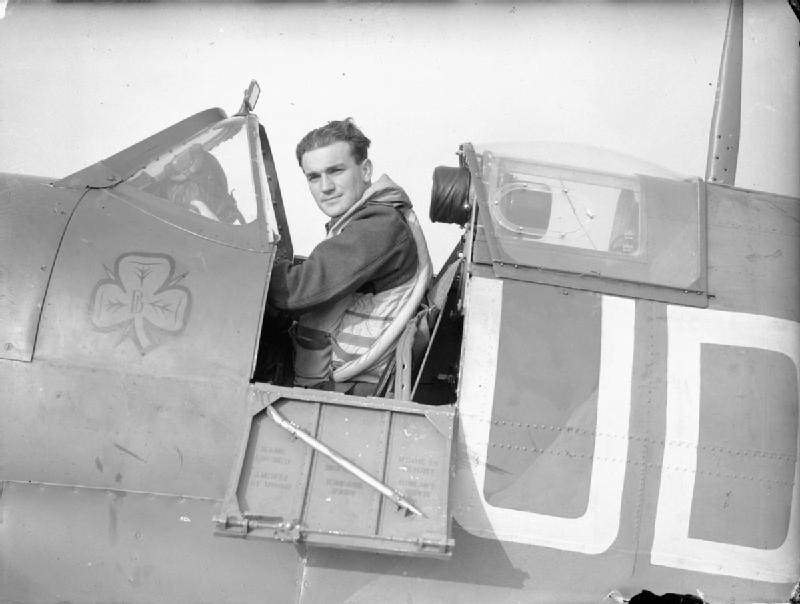 |
| Finucane in the cockpit of the Flying Shamrock |
By late August, No.65 Squadron was withdrawn to Turnhouse in Scotland to rest and recuperate. The Battle of Britain was all but over by the time Finucane returned to England, but nonetheless he continued to see action against the Luftwaffe until his time with No.65 came to an end in April 1941. By this time, Finucane had shot down five German aircraft and shared a sixth confirmed kill, resulting in a Distinguished Flying Cross being awarded in May. One of his unconfirmed kills was possibly no less than the legendary Adolf Galland himself, who some sources claim Finucane shot down on April 15th – although Galland did manage to limp his shattered Bf109 back to the coast of France before taking to his parachute.
Promoted to Acting Flight Lieutenant, Finucane was one of the Flight Commanders in the newly formed Australian No.452 Squadron, flying the Spitfire Mk.I and soon after the Mk.II from RAF Kirton-In-Lindsay. His new posting did not start well after he drifted too close to Squadron Leader Dutton’s Spitfire in a flight in early May, and clipped the lead Spitfire with his own propeller, forcing the new CO to crash land. Notwithstanding this, Finucane’s success with the Australians was astounding – he shot down a further 17 German aircraft and was awarded a Distinguished Service Order and two bars to his DFC. He was forced to take a respite from flying in October 1941 when he was involved in an accident whilst running during a blackout.
Finucane returned to flying duties in January 1942, when he was given command of No.602 Squadron, flying Spitfire Mk.Vs from RAF Redhill. Here, he shot down a further five enemy aircraft and three shared victories. In February 1942 he led his Spitfires in an offensive fighter sweep over Dunkirk and clashed with a group of FW 190s – in the ensuing combat, a shell tore through the cockpit of Finucane’s Spitfire and shrapnel tore open his leg from his hip to his knee. He managed to return to Redhill and land, which he modestly attributed to the luck of the Irish.
 |
| Fincane (left) and Keith Truscott after a successful sortie, October 1941. |
Out of action for five weeks due to his injury, Finucane’s reputation spread nonetheless and he became a household name not only in Britain, but also in the crew rooms of Luftwaffe fighter squadrons. By June 1942 Finucane was promoted again, becoming the youngest Wing Commander in RAF Fighter Command and being given command of the Hornchurch Wing. During a ‘Ramrod’ ground attack sortie on July 15th, Finucane’s Spitfire was hit by ground fire and the engine failed. He glided out to sea and executed a well flown ditching, but the Spitfire sank beneath the waves and took the brave Irishman with her. Over 2500 people came to pay their respects at his memorial service at Westminster Cathedral.
Post war historians have attempted to ascertain Finucane’s final victory tally, but enough uncertainty still exists to leave this number ambiguous. It is probably 26 confirmed and 8 shared. One of the greatest Irish heroes of the skies, Paddy Finucane was only 21 years old when he was killed.
A likeable combination of charismatic, affable and modest, Paddy Finucane’s loss was mourned by all who knew him. One of his wingmen, Len Thorne, later recalled one incient which summed him up: the two were travelling on a train in uniform when Thorne was a new Sergeant pilot; rather than embarrass his friend, Finucane wore a tatty raincoat over his rows of medal ribbons and impressive rank so as not to draw attention.
With an upcoming update we will introduce the insignia used by
Brendan "Paddy" Finucane on his aircraft:
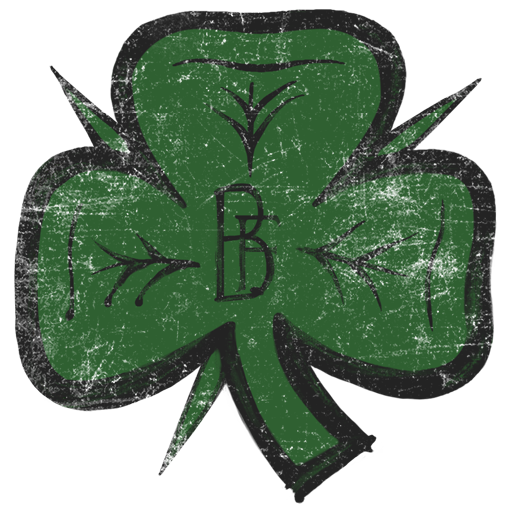
Decal created by Jej 'CharlieFoxtrot' Ortiz
About The Author
 |
Mark Barber, War Thunder Historical Consultant Mark Barber is a pilot in the British Royal Navy's Fleet Air Arm. His first book was published by Osprey Publishing in 2008; subsequently, he has written several more titles for Osprey and has also published articles for several magazines, including the UK's top selling aviation magazine 'FlyPast'. His main areas of interest are British Naval Aviation in the First and Second World Wars and RAF Fighter Command in the Second World War. He currently works with Gaijin Entertainment as a Historical Consultant, helping to run the Historical Section of the War Thunder forums and heading up the Ace of the Month series. |


